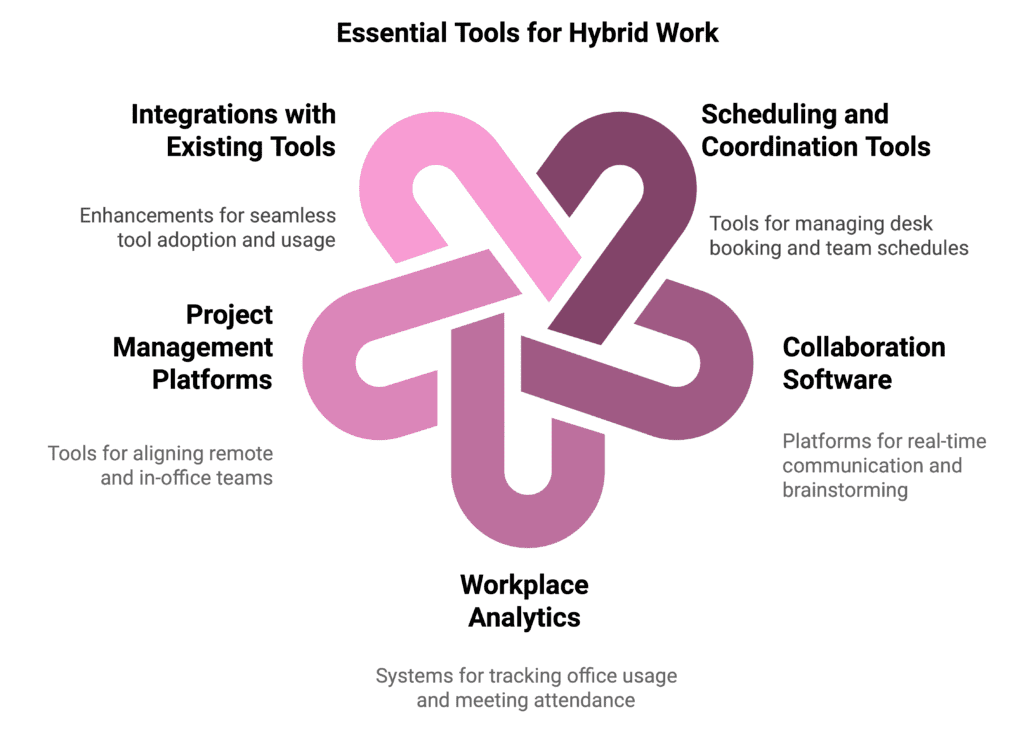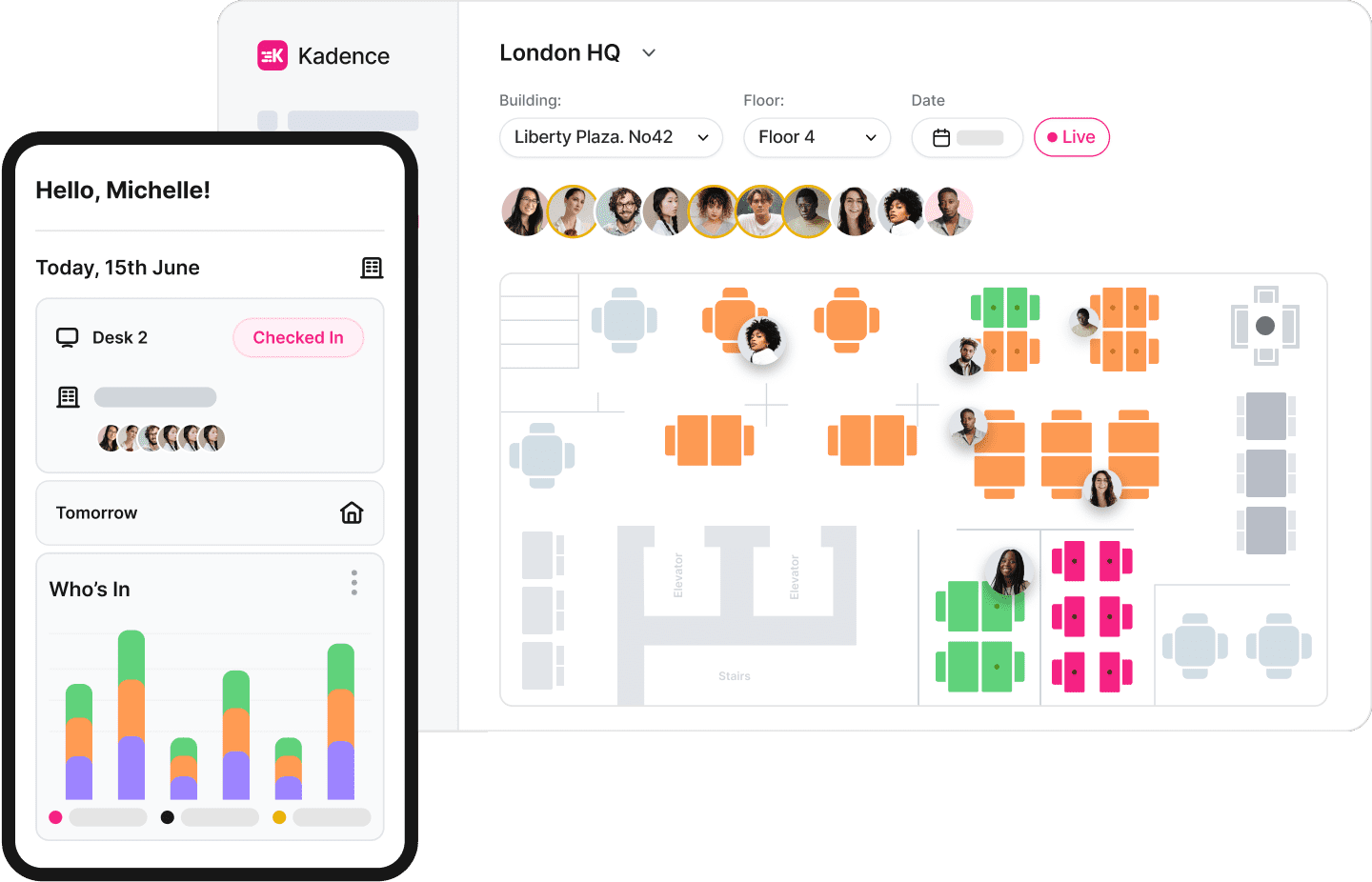At Kadence, we’re talking to hybrid teams every day. And while the headlines keep circling around office mandates and badge swipes, the reality on the ground is far more nuanced — and far more urgent.
We’re watching companies struggle with hybrid not because the model is broken — but because their managers are unprepared, their systems outdated, and their hybrid training non-existent. Everyone’s talking about productivity, flexibility, and belonging — but no one’s giving teams the tools to actually achieve them.

That’s why my recent conversation with Tina Paterson hit so hard.
Tina is the creator of the Outcomes Over Hours framework — a powerful, practical approach to leadership in a world where how we work matters more than where. Her philosophy is simple but cutting: results, not rules. Outcomes, not office hours. And after training thousands of leaders globally, she’s got the receipts to prove it works.
“Lazy Leadership Won’t Survive Hybrid.”
One of the things Tina said that stuck with me was this:
This isn’t hypothetical. Tina’s worked with huge enterprises, helping them shift how their leaders think and operate. Her 24-module training program breaks it down into three areas:
- Effective: Are you even focusing on the right outcomes?
- Efficient: Are your workflows and meetings supporting deep work and collaboration?
- Energetic: Are your teams able to perform at a high level without burning out?
As she told me:
The Gap Between What We Say — And What We Actually Train For
Let’s be honest: most hybrid managers are winging it.
We expect them to lead distributed teams, run inclusive meetings, support wellbeing, and drive performance — but no one has shown them how. The training hasn’t caught up. The systems haven’t adapted. And the result is a lot of half-baked mandates and burned-out teams.
Tina called it out plainly: “We’re still rewarding visibility over value. And if we keep managing like it’s 2015, the best people will leave.”
I couldn’t agree more. Because at Kadence, we’re seeing it firsthand. Our platform helps teams coordinate when and where they work — but without clear leadership or team structure, even the best tools go unused. Hybrid success depends on behavioural change. That’s where Tina’s work comes in. Tina’s launching an online version of her modules soon, with 10-minute interactive lessons that drive actual behaviour change.

Tina’s approach is refreshingly no-nonsense:
Helping Teams Lead The Change
At Kadence, we’ve seen how easily hybrid work can become performative — policies without support, flexibility without structure. That’s why we’re focused on helping companies move from mandates to meaningful strategies.
Whether it’s equipping managers with better tools, encouraging outcome-based leadership, or supporting real culture change, we know the shift to hybrid success starts with how people lead — not just where people sit.
If you’re ready to rethink your approach, we’ve created a free hybrid work strategy template to help you get started. It’s packed with practical steps for designing a model that works for your people, not just your property portfolio. It’s the beginning of your hybrid training.

Because hybrid work isn’t failing. It’s outdated leadership and broken systems that are holding us back. The good news? We can change that with effective hybrid training. And the best time to start that reset? Yesterday.
Want to see how Kadence can help you operationalise your hybrid strategy? Book a demo with our hybrid work experts today.





